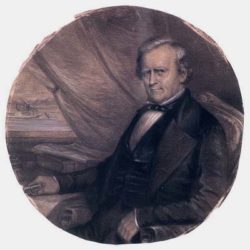Architecture

Presbytere
Along with the Cabildo and St. Louis Cathedral, the Presbytere figures as a major component in New Orleans' Jackson Square.

Along with the Cabildo and St. Louis Cathedral, the Presbytere figures as a major component in New Orleans' Jackson Square.
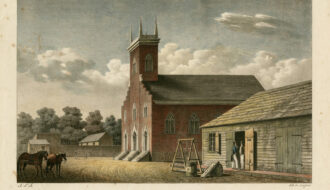
Several Protestant denominations are present in Louisiana with Southern Baptist and Methodist as the most dominant.
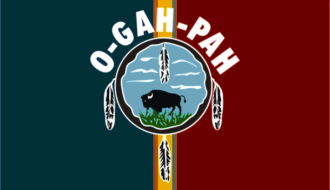
The Quapaw Indians, whose four villages were located along the Arkansas River, were military allies and trade partners of colonial Louisianans.
A pioneer planter in what is now West Feliciana Parish, Rachel O'Connor wrote more than one hundred letters describing antebellum plantation life in southern Louisiana.

A receiving community is a city, town, or neighborhood that accommodates people displaced by a disaster.
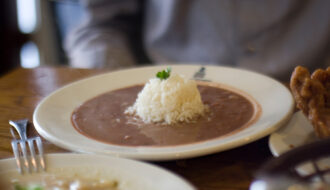
Traditionally served on Mondays in New Orleans, red beans and rice is an economical dish that has become a staple throughout Louisiana and the Gulf Coast.
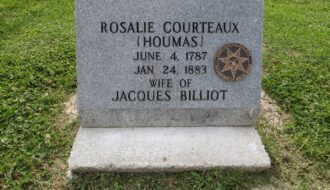
An important woman leader in the Houma Nation’s history, Rosalie Courteaux defended her people against non-Indian encroachment in the nineteenth century.
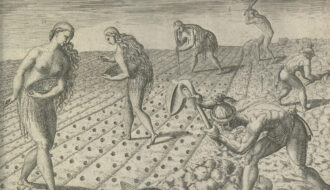
Entry describes sagamité, a range of cornmeal-based soups, stews, and porridges with Native American origins that became a common component of French colonial cuisine.
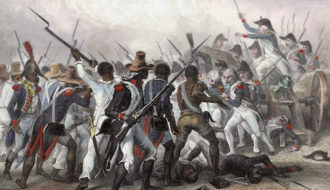
The revolution that began in Saint-Domingue in the West Indies in 1791 and ended in 1804 was the only successful slave rebellion in history.
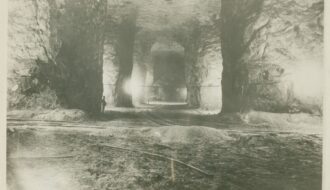
Louisiana is home to 128 identified salt domes, including the coastal dome now known as Avery Island.
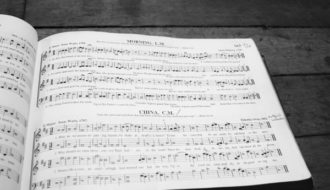
Shape-note singing dates from the late seventeenth century and is a system of printed shapes, instead of standard music notation, to help untrained singers learn how to read the music.
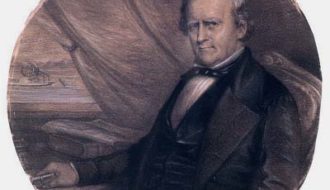
The Shreve Town Company was a business venture that led to the establishment of what is today known as Shreveport, the largest city in northwest Louisiana.
One-Year Subscription (4 issues) : $25.00
Two-Year Subscription (8 issues) : $40.00
